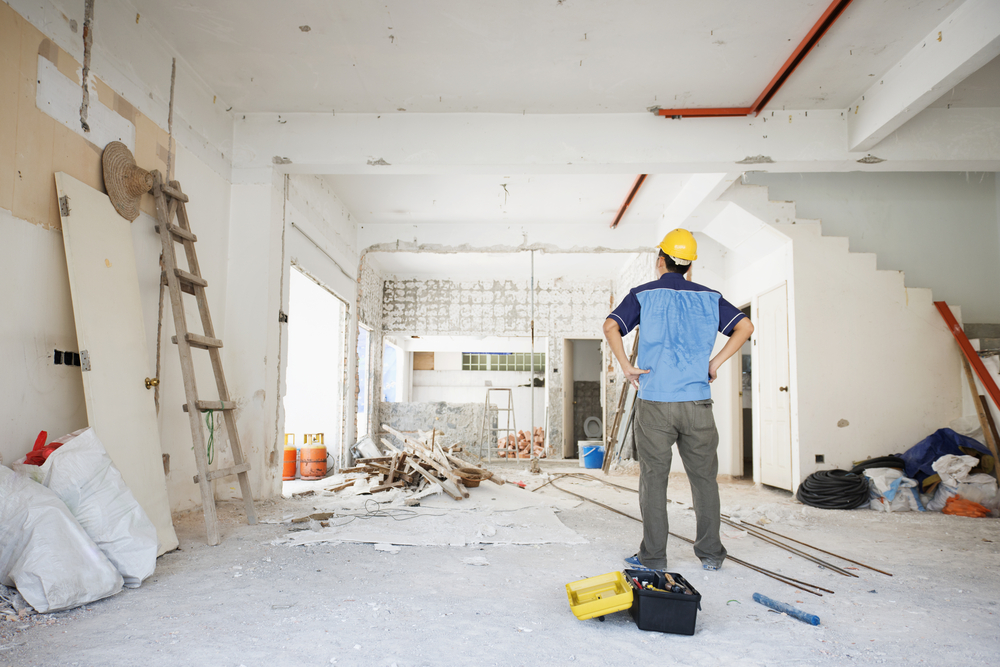 Becoming a licensed contractor in California is a significant milestone for any contractor – it means you can take on projects over $500 and allows you to work in your area of specialty, whether that’s Class B general contracting or Class C work like HVAC or electrical.
Becoming a licensed contractor in California is a significant milestone for any contractor – it means you can take on projects over $500 and allows you to work in your area of specialty, whether that’s Class B general contracting or Class C work like HVAC or electrical.
Once you’ve taken the Contractors State License Board (CSLB) exam, you’re probably wondering, “How long does it take to get your license after taking the CSLB exam? I want my license now so I can start making some money!”
We got you. In this article, we’ll break down the process and timeline, so you know what to expect and how to speed things up as best you possibly can – so you can get to work as a licensed contractor in California.
The License Issuance Process
Step by Step
After successfully passing the CSLB exam, you’ll get your results immediately, but there are a few steps you need to complete before receiving your contractor’s license.
Here’s an overview of the process.
- Receive Your Exam Results.
- Typically, you’ll receive your exam results immediately upon completion of the computer-based test immediately.
- You must score at least a 72% on the exam to pass the CSLB exam.
- Submit Required Documents: If you’ve passed the exam, you’ll need to submit any outstanding documents to the CSLB, such as:
- Proof of worker’s compensation insurance (required as of Jan. 1, 2023)
- A signed and notarized Contractor’s License Bond
- Any other types of insurance or other paperwork specific to your classification
- License Activation: Once the CSLB receives and processes your documents, they’ll issue your contractor’s license number, activating your license.
- This means you’re legally allowed to perform work as per your license’s guidelines! Alright!!! You’re a contractor!
- License Certificate: You’ll receive a physical license certificate by mail, typically within 1-2 weeks of your license activation.
- This is just a certificate to prove you’re a contractor. Put it somewhere safe, but don’t worry about losing it – you’re still in the CSLB’s system, so unless your license expires, you’re still licensed.
The Timeline: How Long Does It Take to Get Your License?
From Exam to License
The time it takes to receive your license after taking the CSLB exam largely depends on how quickly you submit the required documents and how promptly the CSLB processes your information.
Generally, the process can take anywhere from 2-6 weeks.
Of course, the quicker you submit the required documents, the sooner you’ll receive your license – any delay on your end can add precious time to getting your license. CSLB processing times can also affect how long it takes to get your license. Certain times of the year or events affecting California can add time to this process.
Luckily, the CSLB has an easy way to check how long their current processing times are on their website.
Speeding Up the Process
Proactive Measures
While there’s no magic formula to guarantee a faster license issuance, there are a few things you can do to help speed up the process:
- Submit Your Documents ASAP: As soon as you pass the CSLB exam, gather and submit all required documents without delay.
- Ensure Accurate and Complete Documents: Double-check your documents for accuracy and completeness before submitting them to the CSLB. This will help prevent delays due to corrections or missing information.
- Stay Informed: Keep track of your application status through the CSLB’s online services and promptly address any issues or requests from the Board.
Conclusion
So, how long does it take to get your license after taking the CSLB exam?
While the exact timeline can vary depending on several factors, expect the process to take anywhere from 2-6 weeks.
By being proactive, promptly submitting accurate and complete documents, and staying informed, you can help expedite the process and get your hands on that coveted California contractor’s license as soon as possible.



